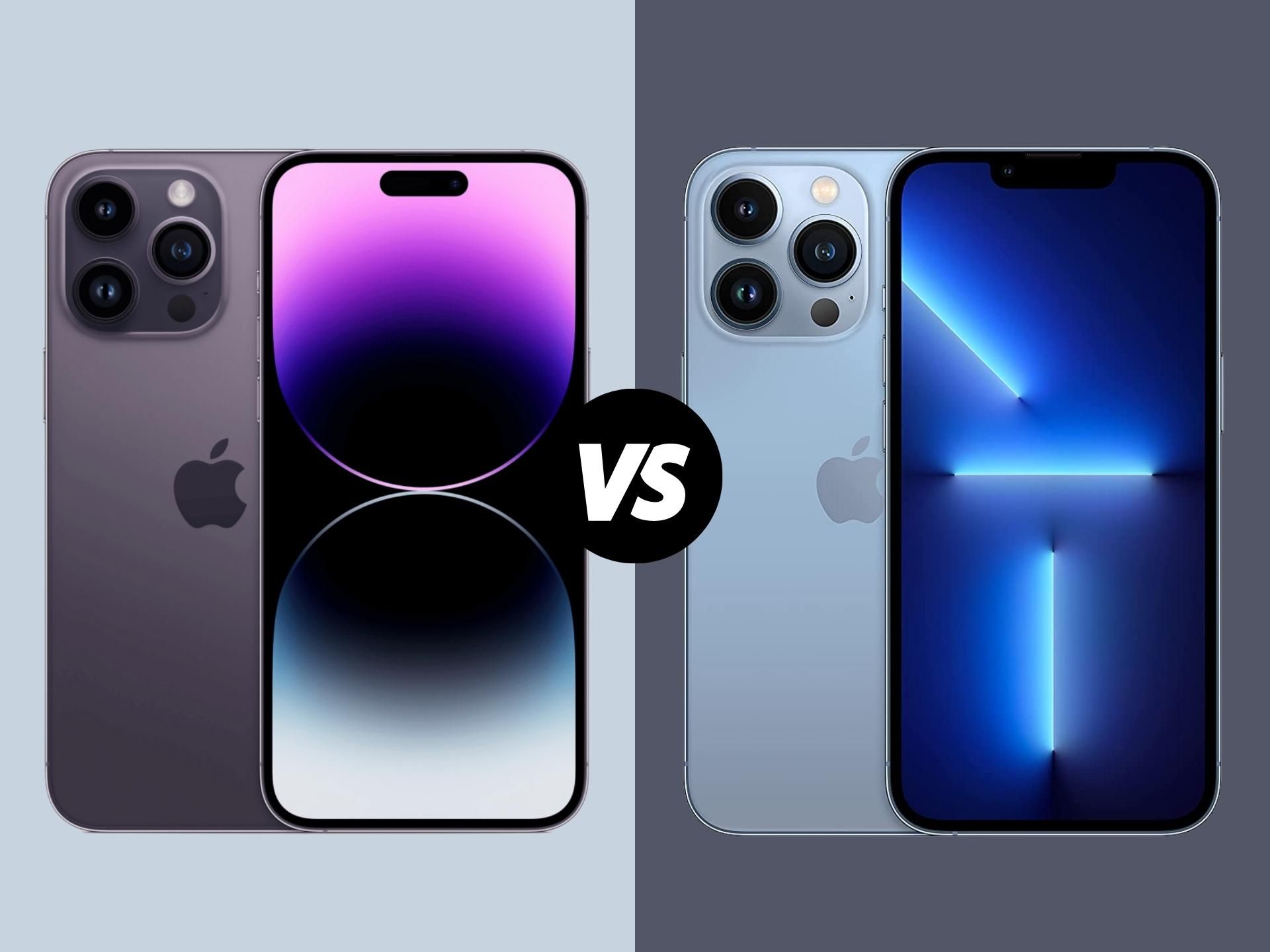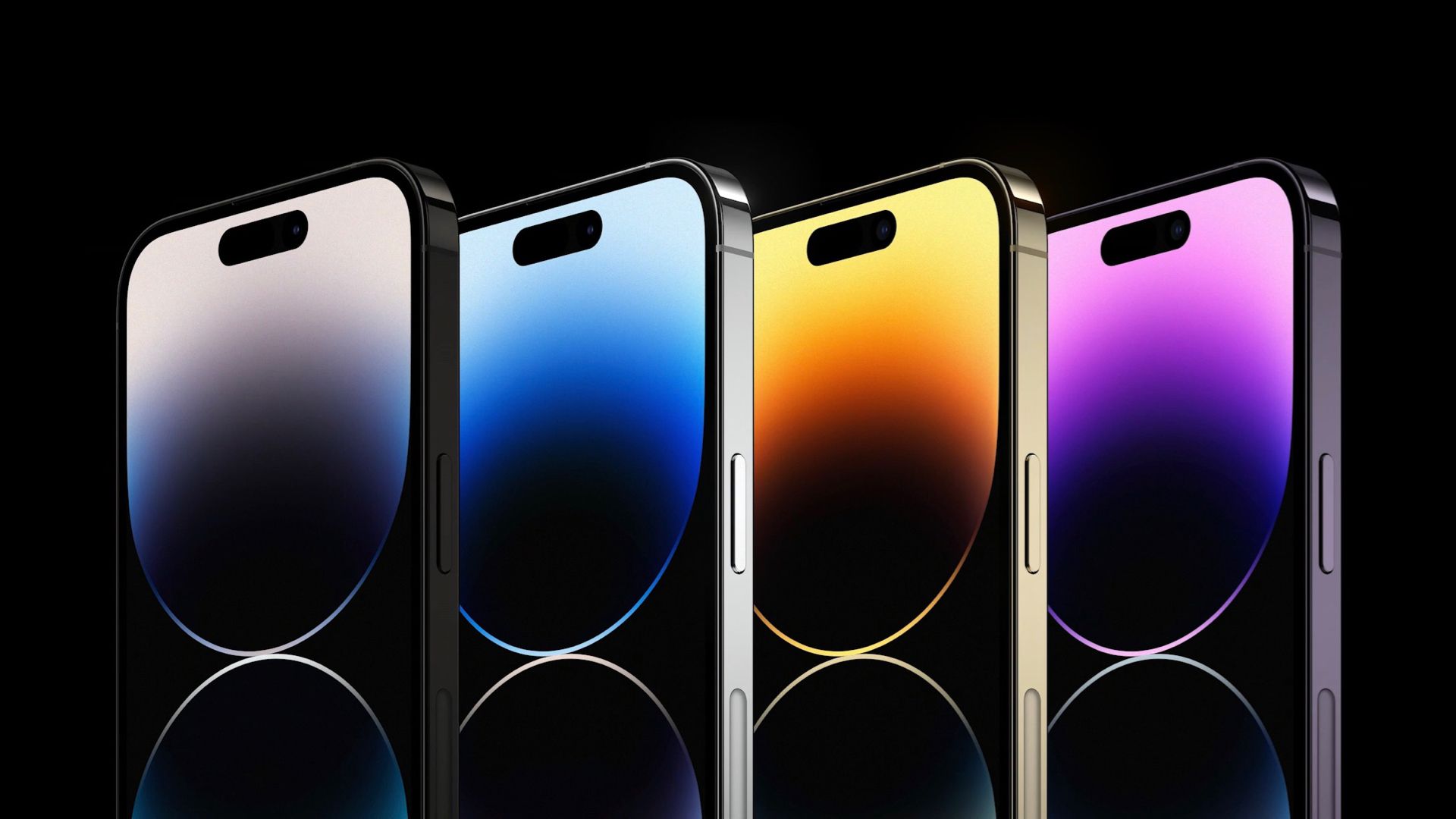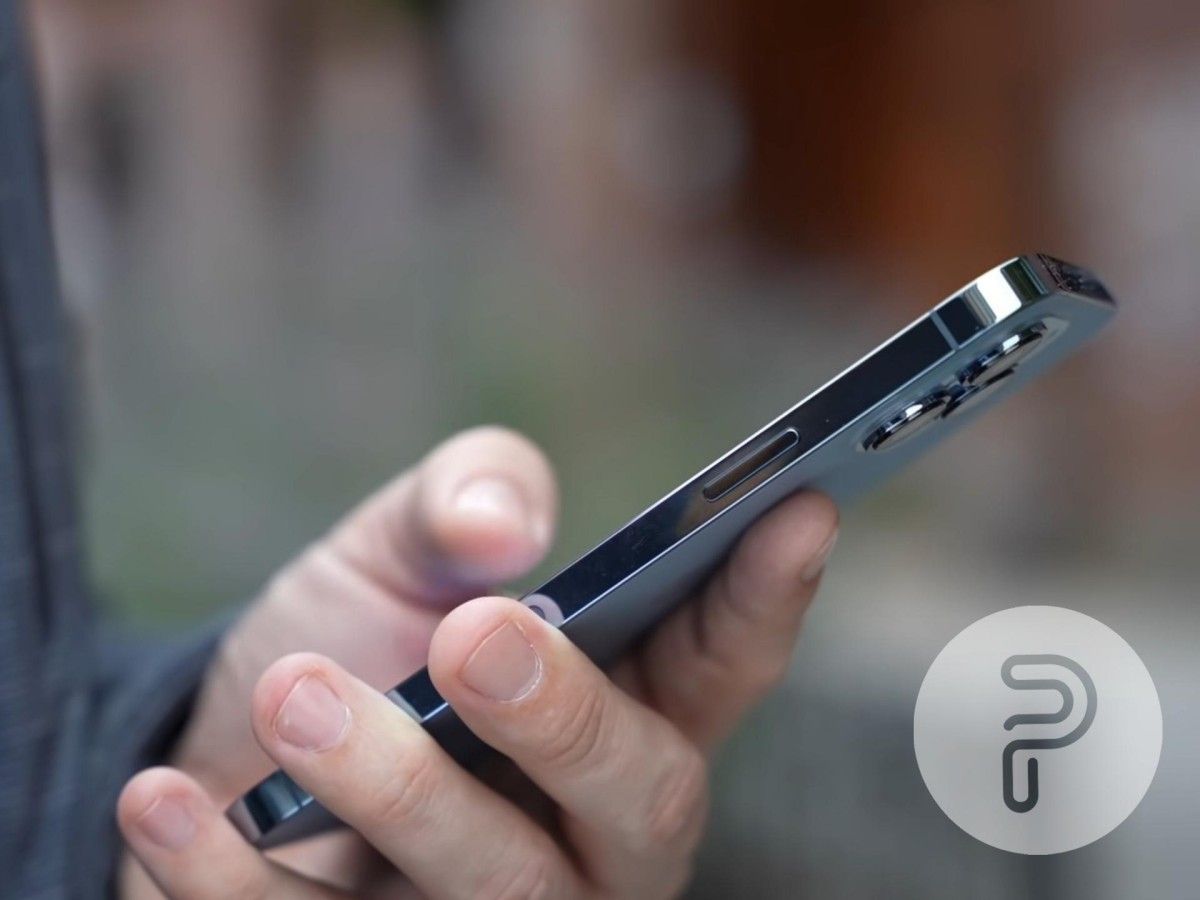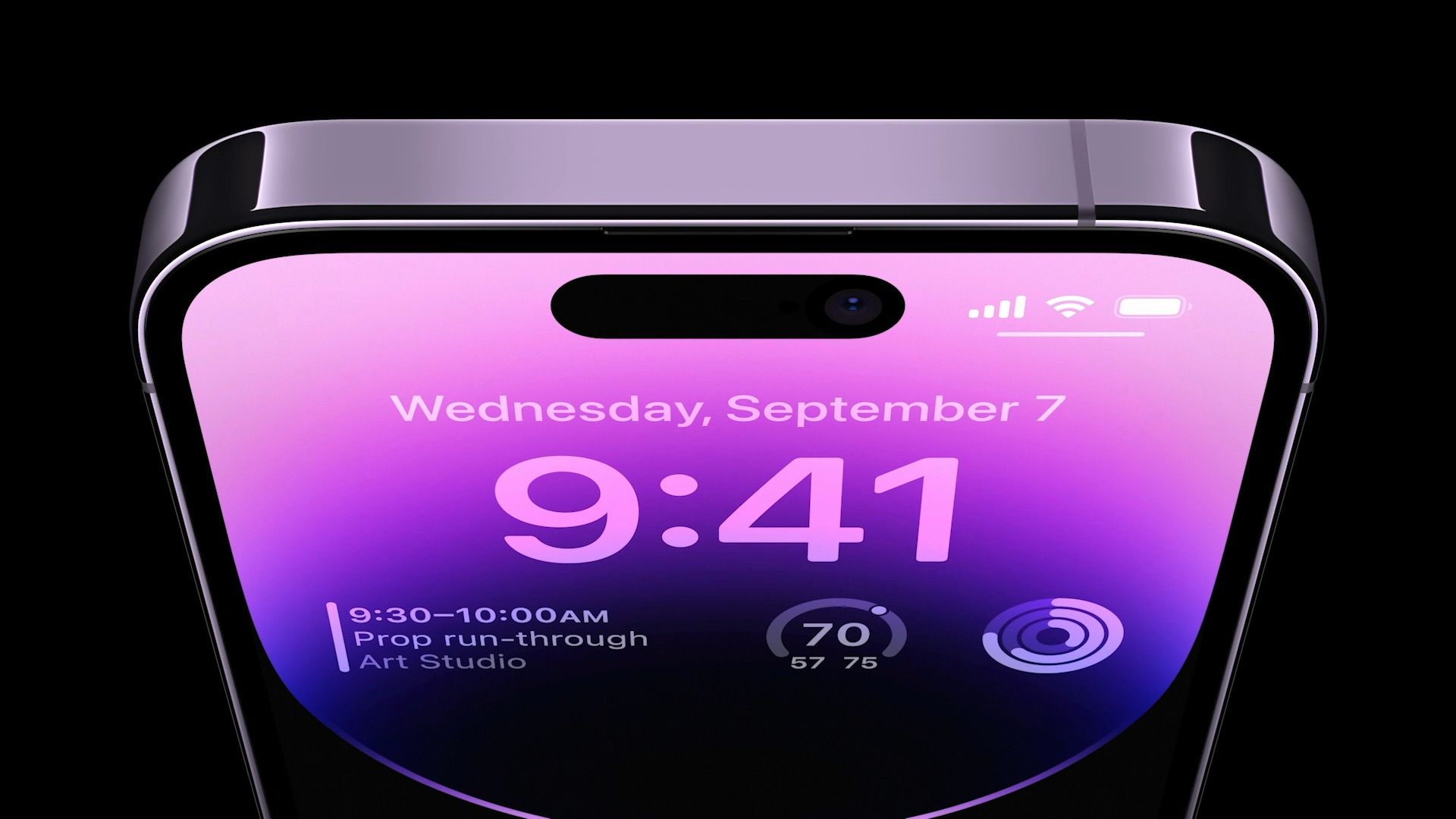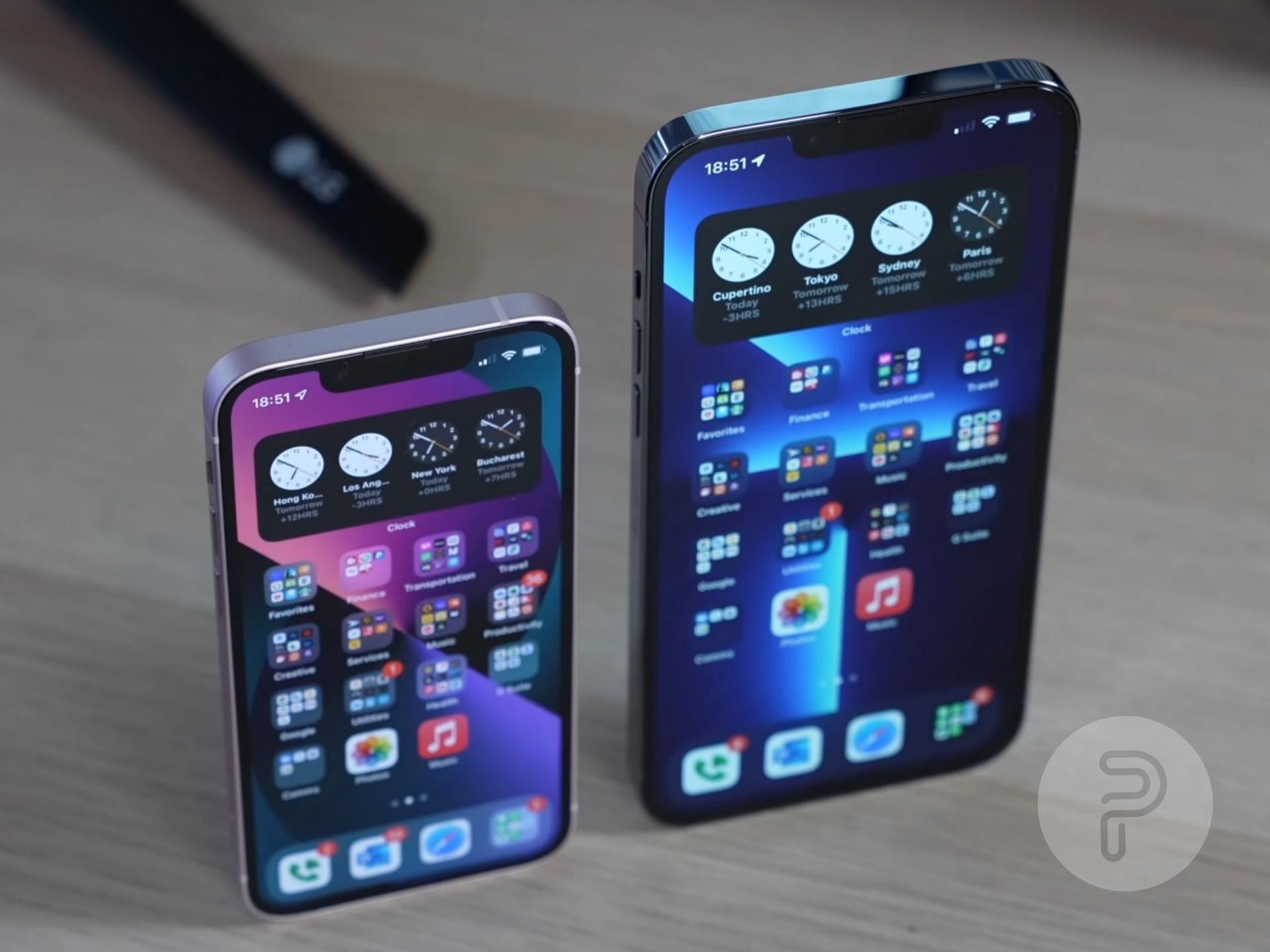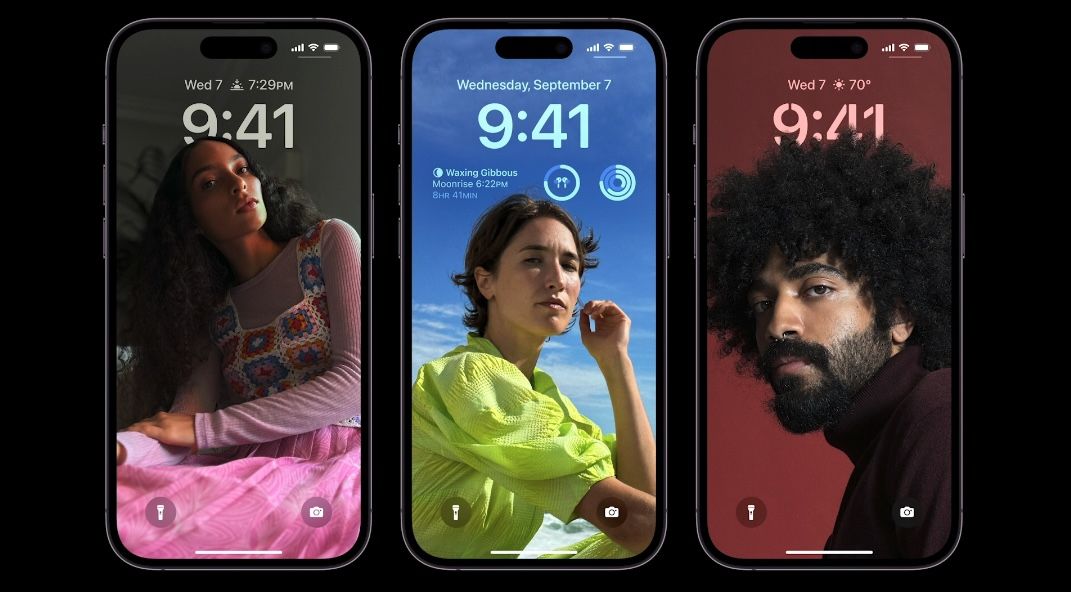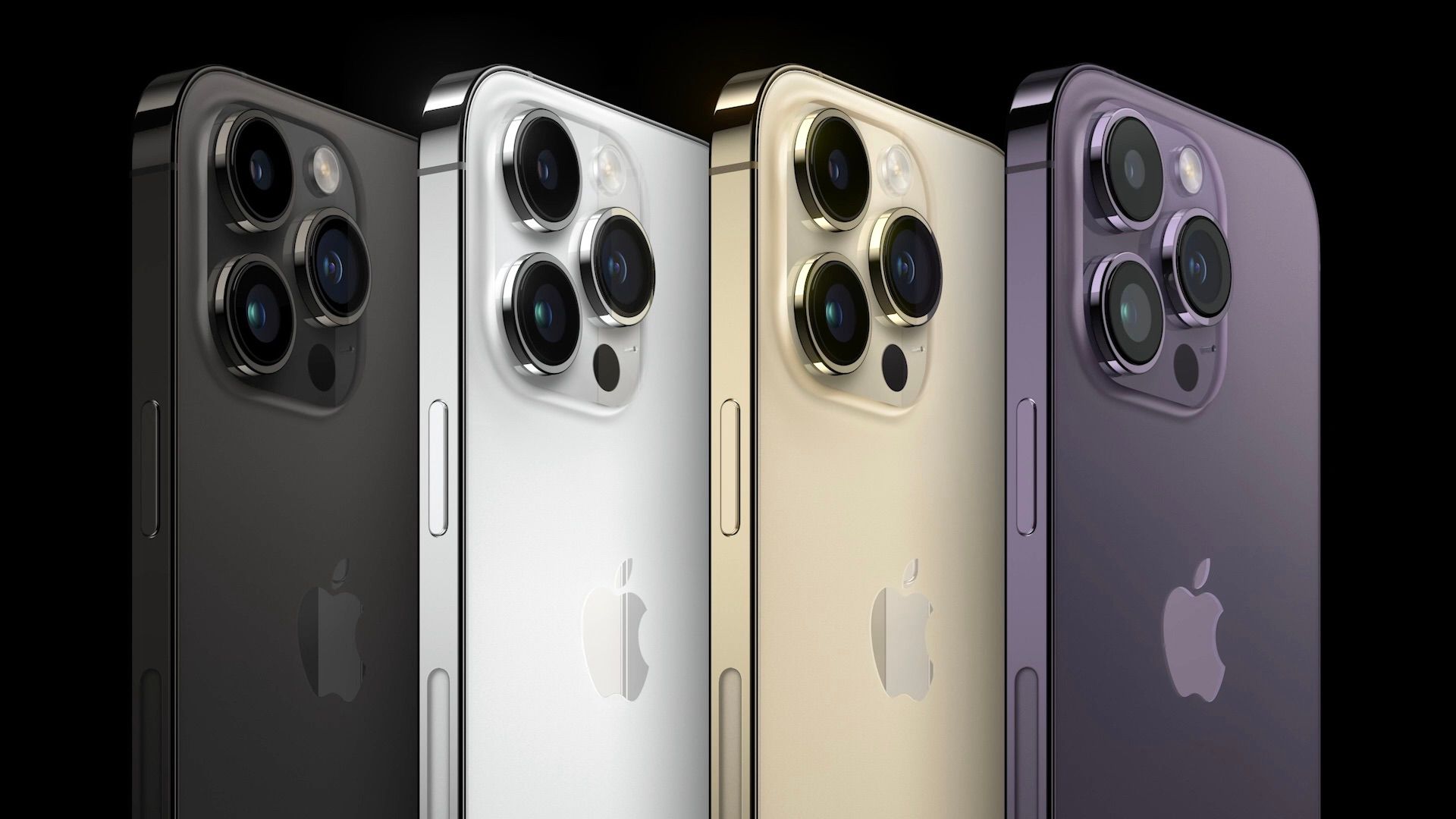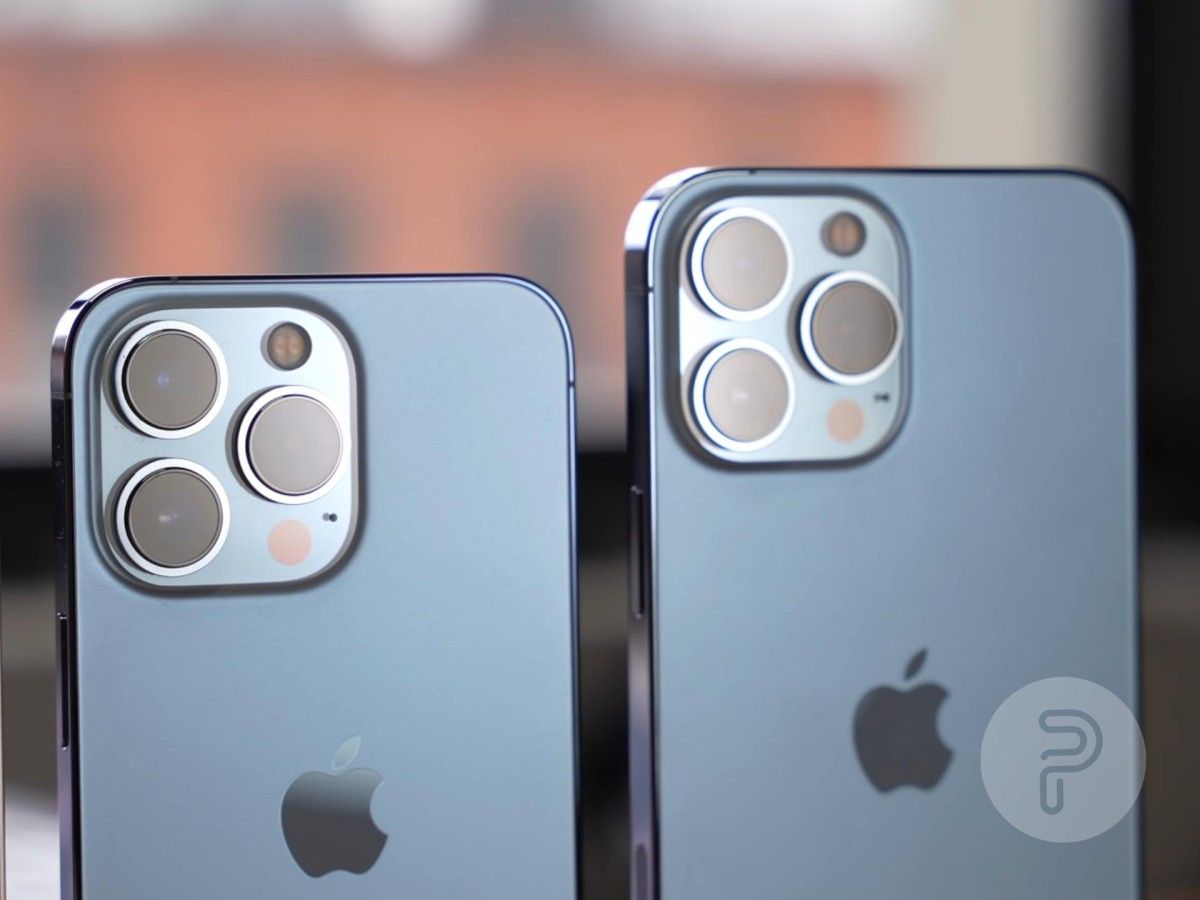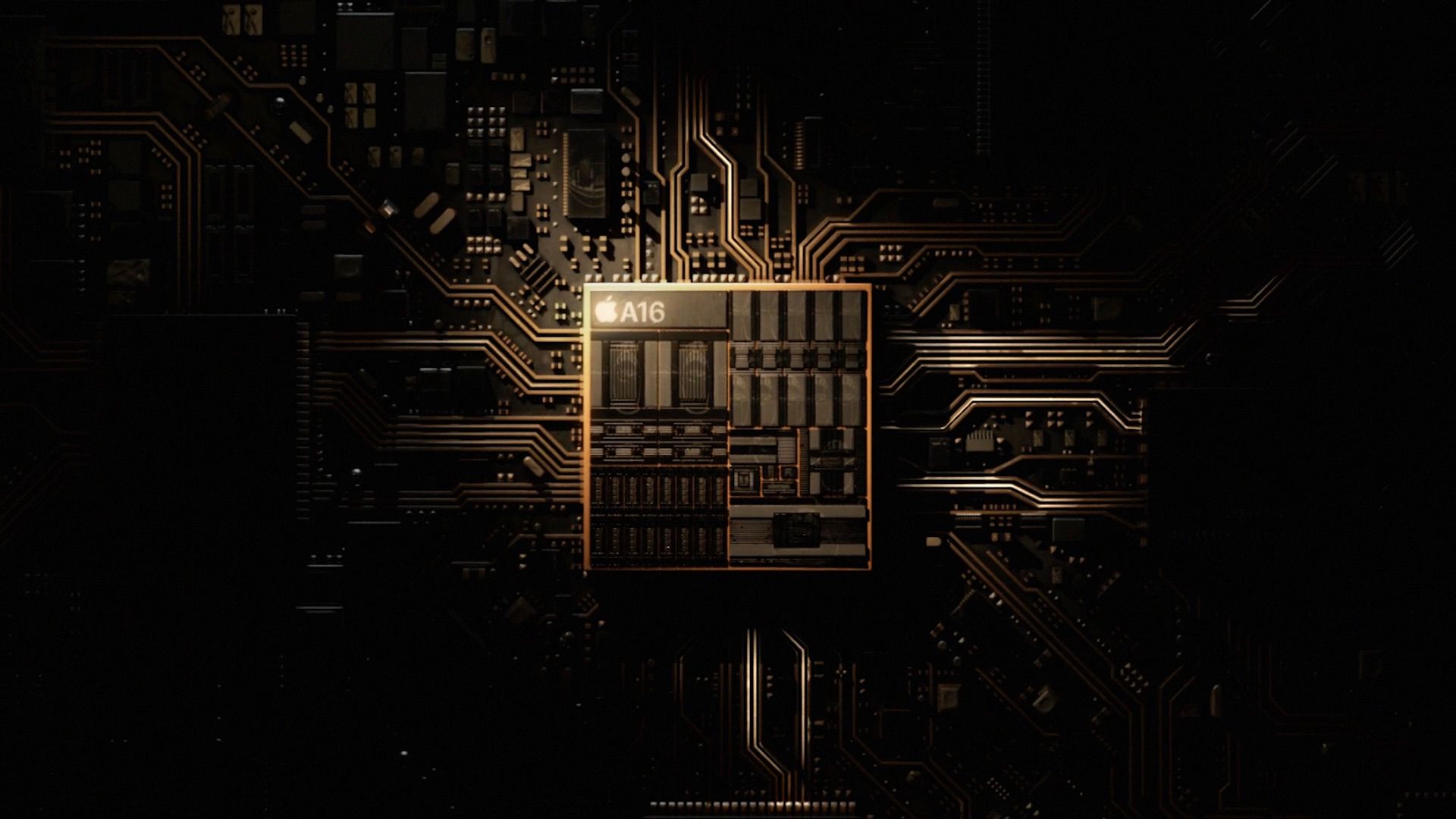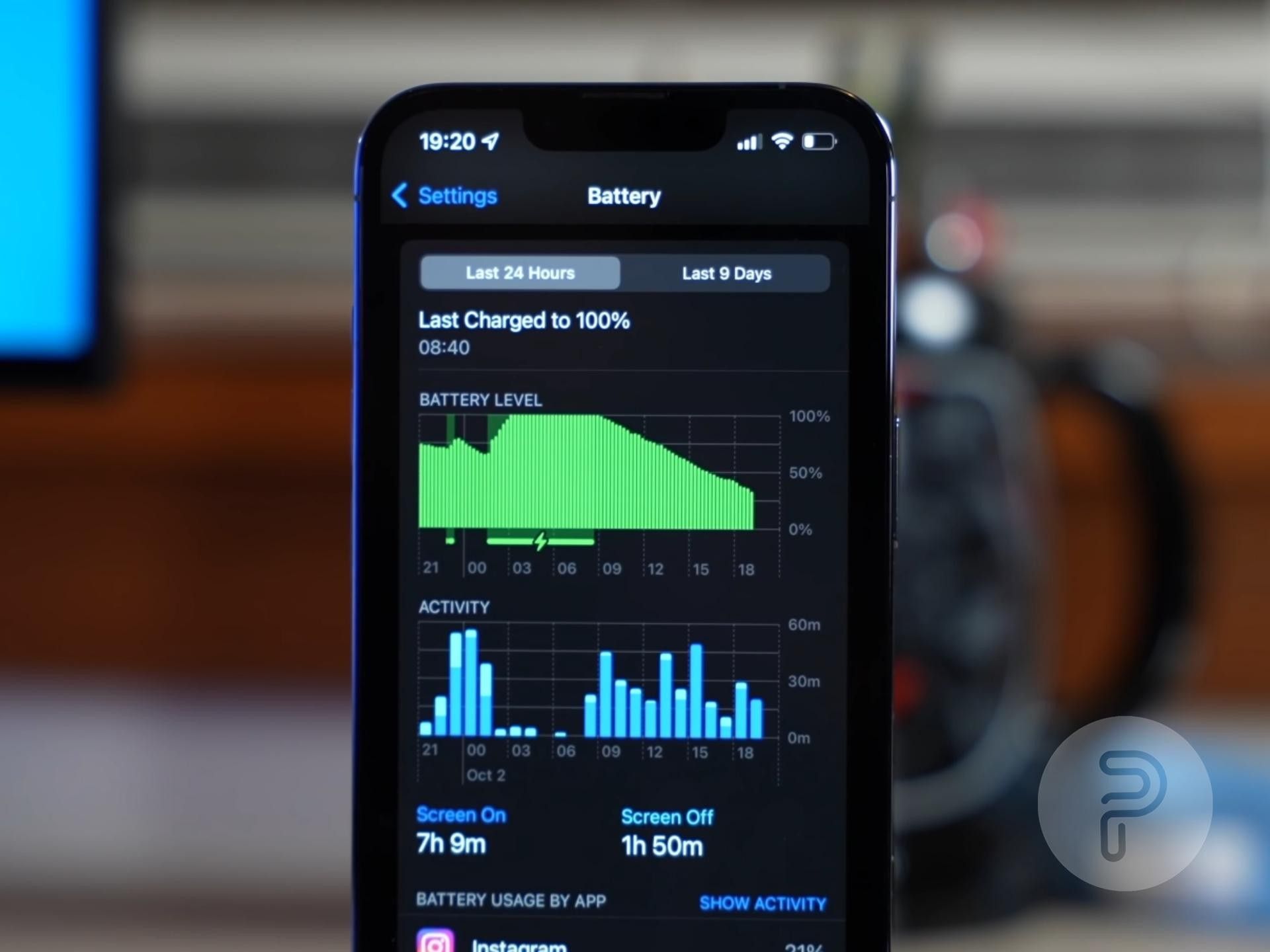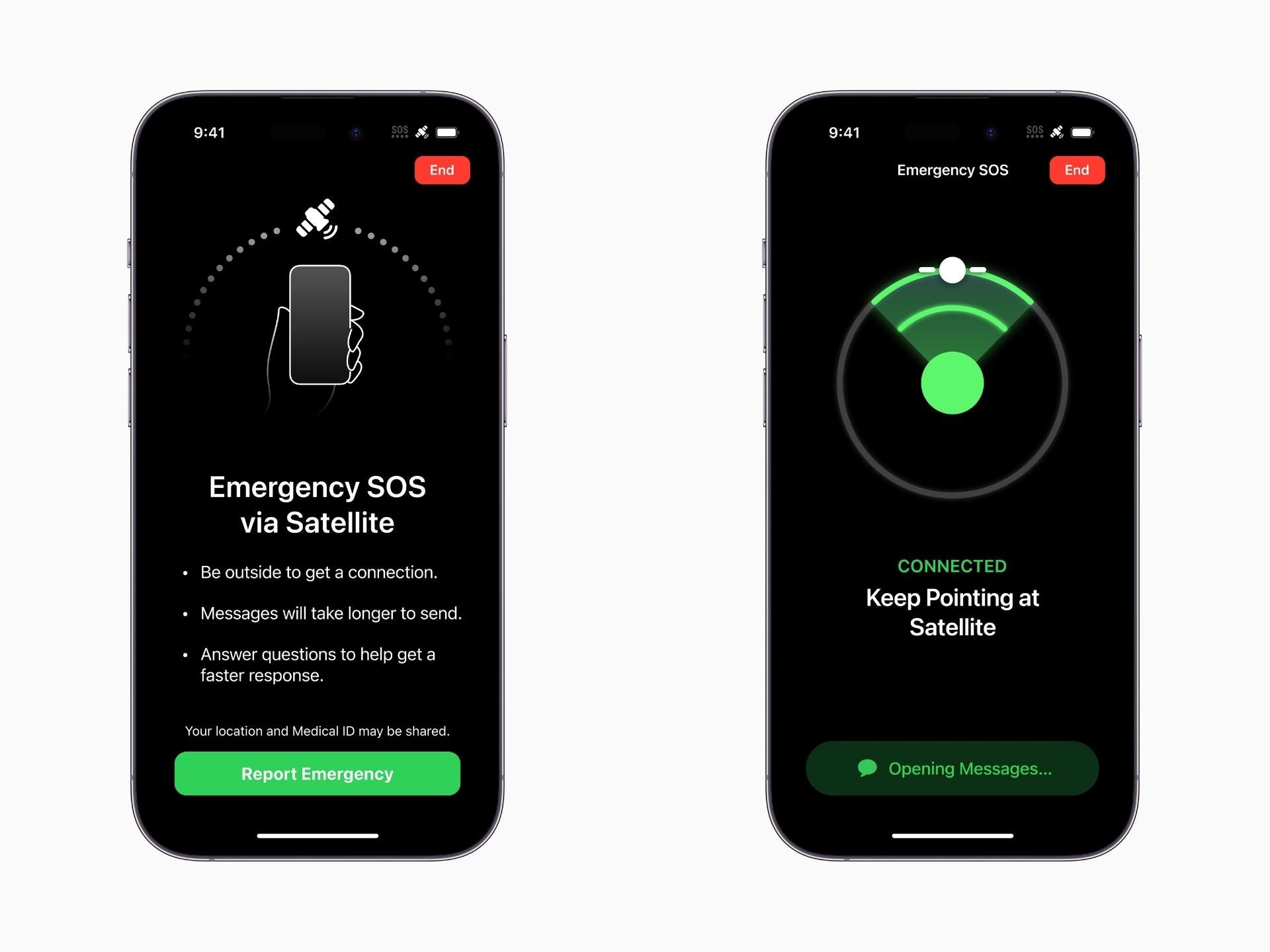Quick Links
At its Far Out Event on September 7, 2022, Apple introduced the iPhone 14 Pro and iPhone 14 Pro Max with headline-capturing features like Dynamic Island, Satellite Connectivity, and a new 48MP primary camera. The device has several notable upgrades, meaning there's much to unpack, especially if you're in the market for an upgrade. To add some perspective, in this article, we pit the iPhone 14 Pro series against the iPhone 13 Pro series to see what's new and different.
-
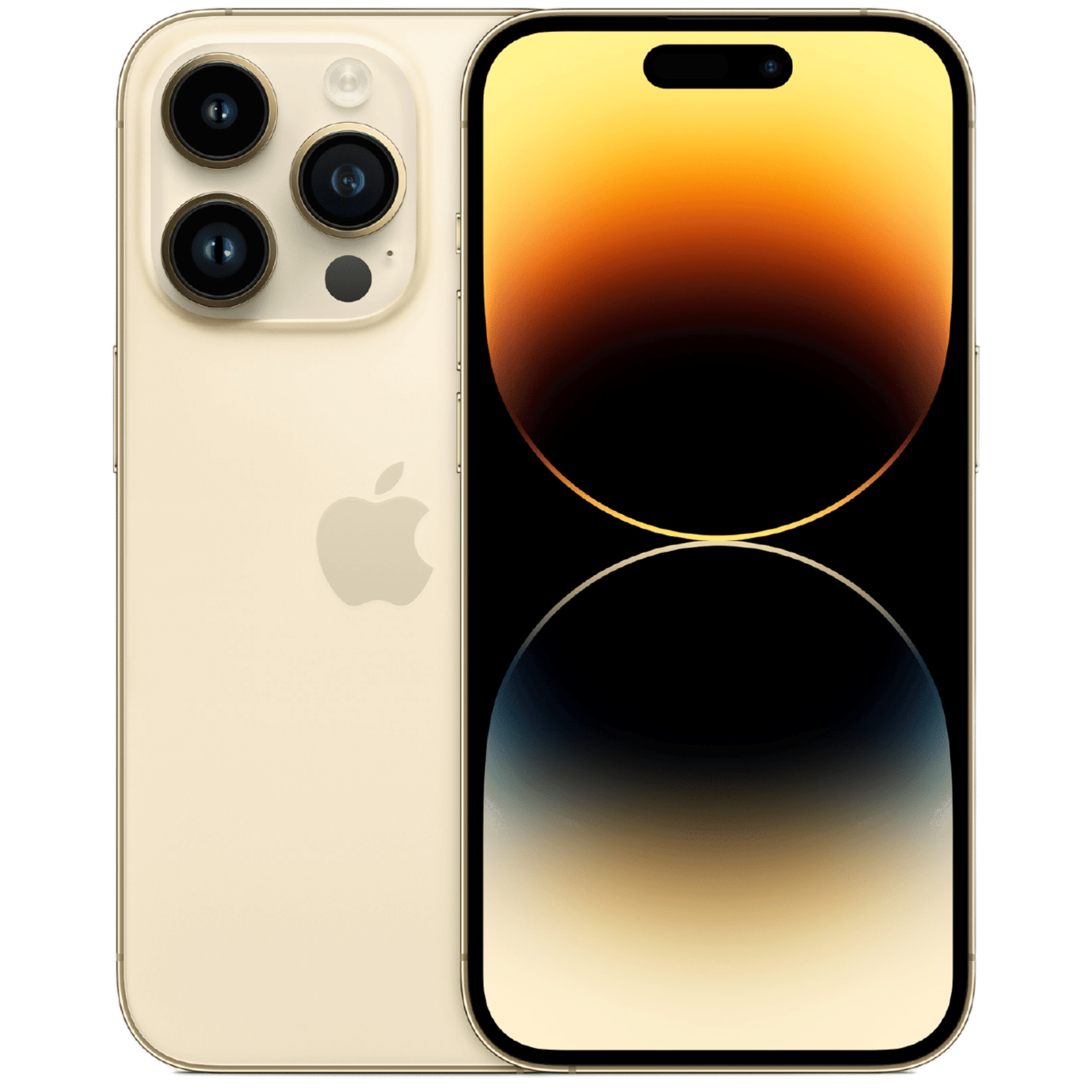
iPhone 14 Pro
iPhone 14 Pro is the smartphone to get if you want access to Dynamic Island and the Photonic Engine image processing algorithm alongside the high-quality 48MP primary camera sensor and performance levels provided by A16 Bionic.
-
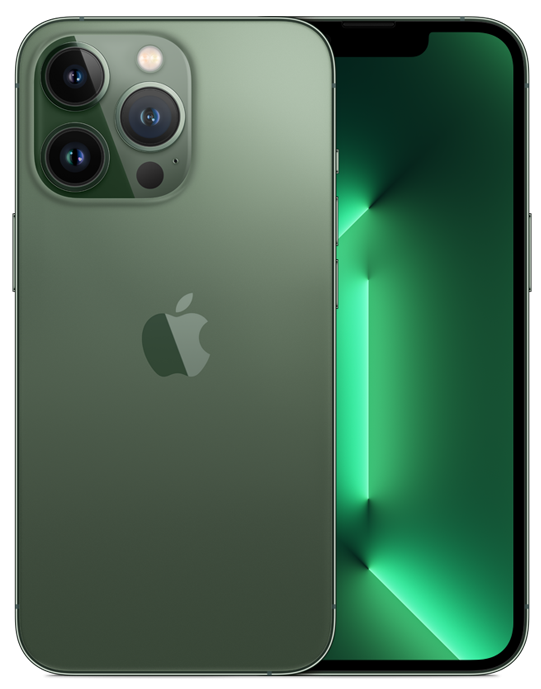
Apple iPhone 13 Pro
iPhone 13 Pro is the flagship from 2021 that offers excellent battery life, a high-refresh-rate display, and camera hardware capable of capturing breathtaking photos.
-
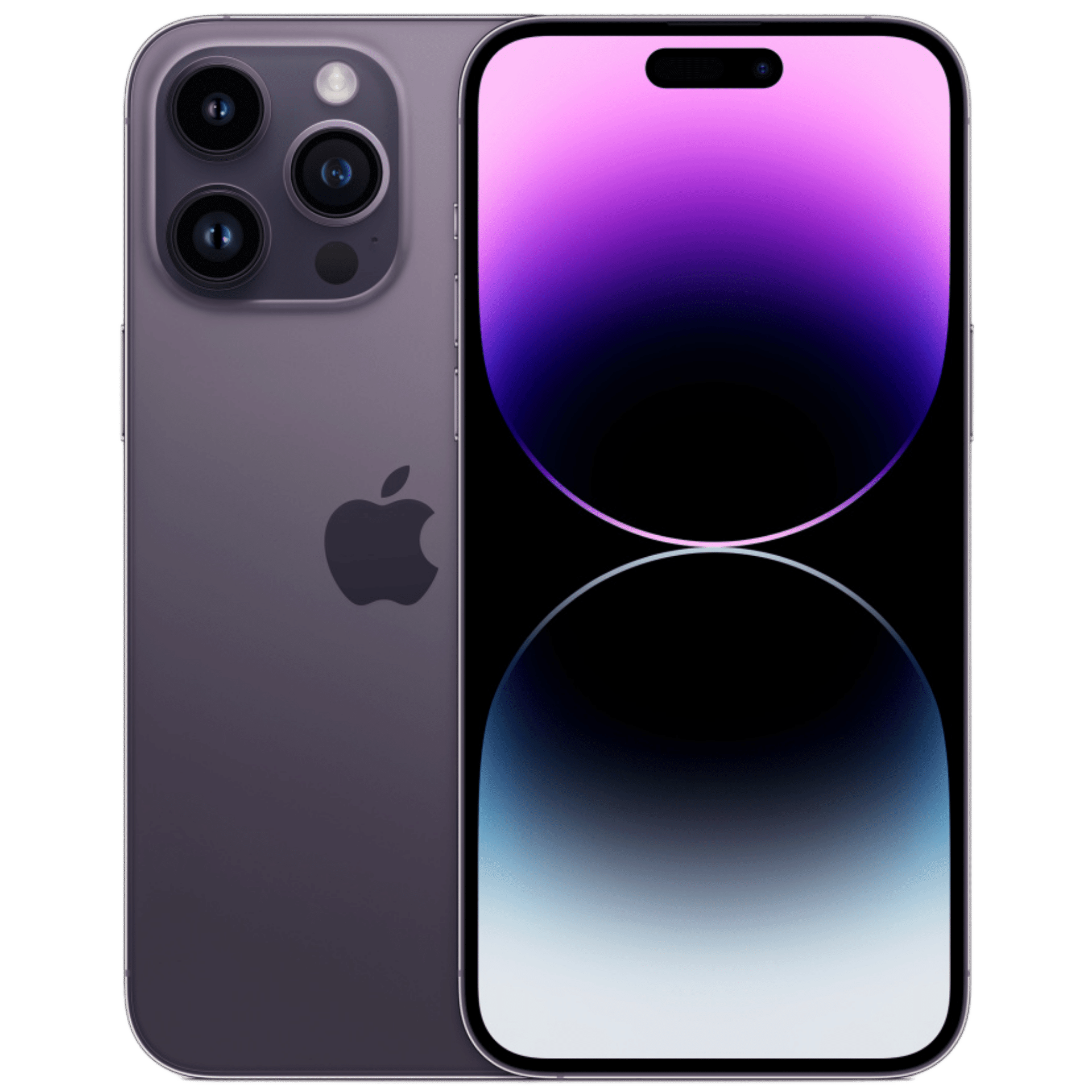
iPhone 14 Pro Max
iPhone 14 Pro Max is the smartphone to get if you want access to all the improvements introduce with iPhone 14 Pro with the advantage of a larger screen and battery.
-
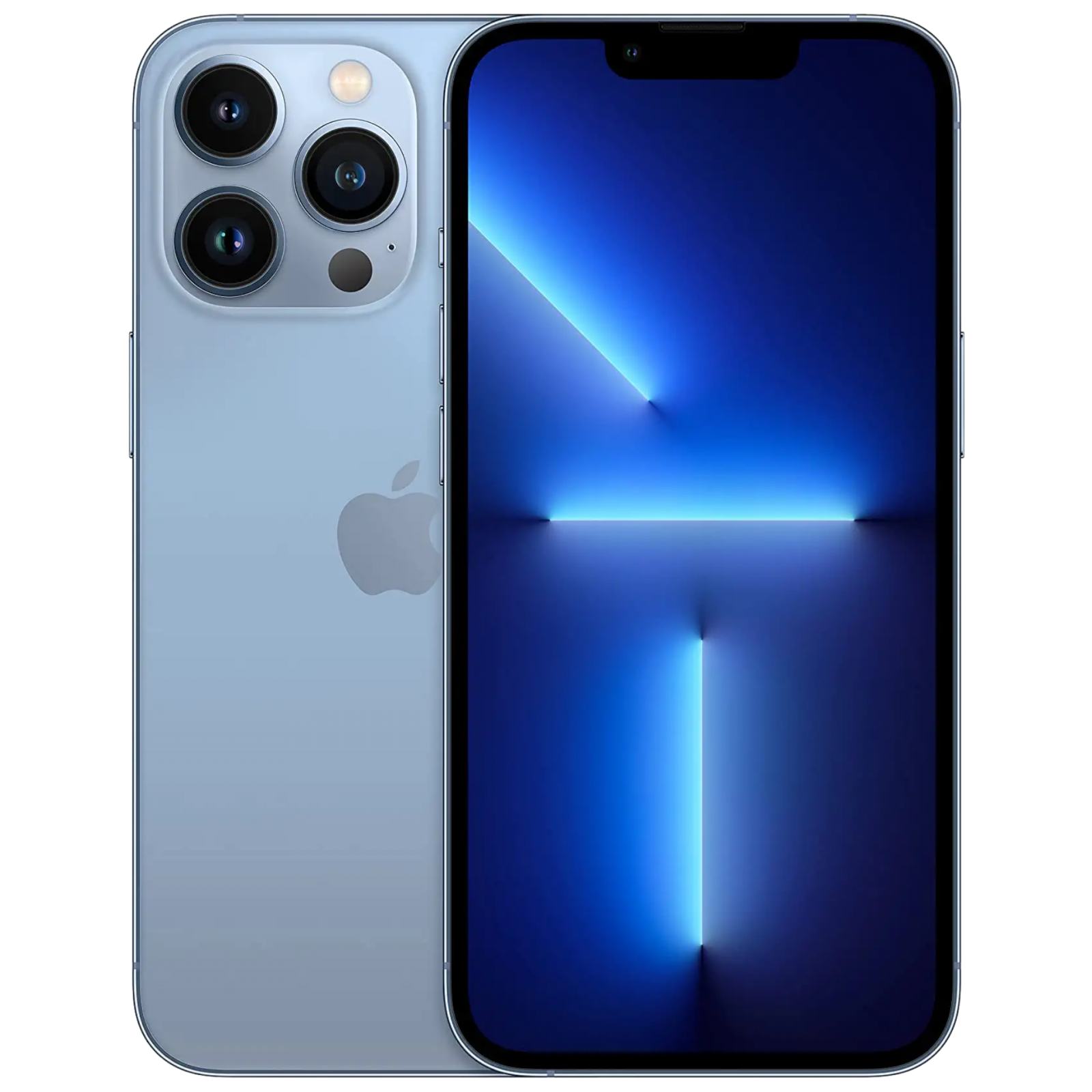
Apple iPhone 13 Pro Max
If you're looking for an even bigger display than the standard iPhone 13 and 13 Pro, the 13 Pro Max has everything you're looking for, and it can even last longer thanks to the larger battery.
Technical Specifications
|
Category |
iPhone 14 Pro |
iPhone 13 Pro |
iPhone 14 Pro Max |
iPhone 13 Pro Max |
|
Build |
|
|
|
|
|
Dimensions & Weight |
|
|
|
|
|
Display |
6.1-inch, Super Retina XDR OLED |
6.1-inch, Super Retina XDR OLED |
6.7-inch, Super Retina XDR OLED |
6.7-inch, Super Retina XDR OLED |
|
Display Features |
|
|
|
|
|
Processor |
Apple A16 Bionic
|
Apple A15 Bionic
|
Apple A16 Bionic
|
Apple A15 Bionic
|
|
Memory & Storage |
|
|
|
|
|
Rear Cameras |
|
|
|
|
|
Front Camera |
12 MP, f/1.9 |
12MP, f/2.2 |
12 MP, f/1.9 |
12MP, f/2.2 |
|
Video Modes |
|
|
|
|
|
Biometric Security |
Face ID |
Face ID |
Face ID |
Face ID |
|
Connectivity |
5G, LTE, Wi-Fi 6, Bluetooth 5.3 |
5G, LTE, Wi-Fi 6, Bluetooth 5.0 |
5G, LTE, Wi-Fi 6, Bluetooth 5.3 |
5G, LTE, Wi-Fi 6, Bluetooth 5.0 |
|
Ports |
Lightning Port |
Lightning Port |
Lightning Port |
Lightning Port |
|
Battery |
NA mAh |
3,095 mAh |
NA mAh |
4,352 mAh |
|
Charging |
50% in 30 minutes via 20W USB-C wired charging |
50% in 30 minutes via 20W USB-C wired charging |
50% in 35 minutes via 20W USB-C wired charging |
50% in 35 minutes via 20W USB-C wired charging |
|
Wireless Charging |
|
|
|
|
|
Operating System |
iOS 16 |
iOS 16 |
iOS 16 |
iOS 16 |
|
Colors |
Space Black, Silver, Gold, Deep Purple |
Graphite, Silver, Gold, Sierra Blue, Alpine Green |
Space Black, Silver, Gold, Deep Purple |
Graphite, Silver, Gold, Sierra Blue, Alpine Green |
|
Announcement date |
7 September 2022 |
14 September 2021 |
7 September 2022 |
14 September 2021 |
|
Release date |
16 September 2022 |
21 September 2021 |
16 September 2022 |
21 September 2021 |
|
Starting Price |
$999 |
$999 |
$1,099 |
$1,099 |
Design
The iPhone 14 Pro series has some differences from its predecessor, the ones that stand out are the pill-shaped cutout on the display, smaller bezels, and the larger camera array. There are also new colors. But apart from these, other aspects remain identical.
Note: Devices sold in the United States do not feature a physical SIM tray and will have a mmWave antennae cutout along the right-hand edge.
The surgical-grade stainless steel shines and remains noticeable, while the back glass features the same PVD coating in some new and repeated shades. The standout color of this generation is Deep Purple, while it was Sierra Blue last year. A new Space Black colorway also replaces Graphite. At launch, iPhone Pro models come in four colors, but in 2022, the Alpine Green colorway joined the iPhone 13 Pro series in March. We expect Apple to bring around another addition as the year turns, so which color would you like Apple to introduce this time?
There are some dimensional changes with the iPhone 14 Pro series, which I've detailed in the table below. The changes might look minor on paper, but they will likely make the devices easier to handle, especially the iPhone 14 Pro Max. Dynamic Island is bound to require some hand gymnastics on the larger phone, and I can see this having some positive impact.
|
Dimension |
iPhone 14 Pro |
iPhone 13 Pro |
iPhone 14 Pro Max |
iPhone 13 Pro Max |
|
Height |
5.81 inches (147.5 mm) |
5.78 inches (146.7 mm) |
6.33 inches (160.7 mm) |
6.33 inches (160.8 mm) |
|
Width |
2.81 inches (71.5 mm) |
2.82 inches (71.5 mm) |
3.05 inches (77.6 mm) |
3.07 inches (78.1 mm) |
|
Thickness |
0.31 inch (7.85 mm) |
0.30 inch (7.65 mm) |
0.31 inch (7.85 mm) |
0.30 inch (7.65 mm) |
Effectively, the core of the redesign introduced with the iPhone 12 Pro still sticks around, and expectations weren't any different as Apple tends to bring significant visual design changes once every three years.
Display
Now, let's turn your attention to the display, as there are some meaningful changes with the panel used on iPhone 14 Pro and iPhone 14 Pro Max.
The new cutout, or "Dynamic Island," comes with UI/UX-based modifications that make both iPhone 14 Pro more functionally adept. The cutout is now an adaptive element that can display background activity and other bits from across the UI to give users access to more data and, in some cases, more screen space. Live Activities can also appear around the cutout based on how third-party applications choose to support it.
Now, iPhone 13 Pro isn't thrown off the boat here as it does have some interactive elements around the notch too, but they are limited in functionality. I've detailed their exact behavior in my article about how Dynamic Island improves my favorite iOS feature.
Second, smaller bezels are now in place; this introduces a change in screen dimensions, giving the new phones extra pixels to utilize. The panels have a resolution of 2556 x 1179 and 2796 x 1290, respectively. iPhone 13 Pro and iPhone 13 Pro Max have a marginally lower resolution of 2532 x 1170 and 2778 x 1284.
Coming to the panel itself, Apple is now using a newer generation of its LTPO technology; this allows both iPhone 14 Pro models to cycle between 1Hz and 120Hz and also enables an Always-On display. iPhone 13 Pro series could refresh between 10Hz and 120Hz.
Note: A16 Bionic's new Display Engine is responsible for the anti-aliasing requirements of Dynamic Island, while other co-processors on the SoC aid with Always-On functionality enabled by the improved LTPO panel.
The new display even shows a slight improvement in brightness. While the typical max brightness remains at 1000 nits (normal usage of either device), HDR brightness increases to 1600 units on iPhone 14 Pro series — iPhone 13 Pro series maxes out at 1200 nits. iPhone 14 Pro series even comes with an outdoor mode where max brightness can hit 2000nits.
Even with all these new changes, it's clear that it's the smaller bezels and new cutout design that will likely skew a user's perspective, attracting them to the newer smartphone.
Camera
The camera system on iPhone 14 Pro series features a significant overhaul this year. Every camera on the device has seen some useful change.
Starting with the primary, Apple is now using a 48MP Wide sensor that offers pixel binning. It's 65% larger than the sensor on iPhone 13 Pro, offers the second-generation Sensor-Shift OIS, and has a 24mm focal length. There's even 2x telephoto imaging capability via this lens on iPhone 14 Pro. Apple does this by using a 12MP crop from the 48MP sensor, letting iPhone 14 Pro capture 2x zoomed images with an improved aperture. The telephoto lens on iPhone 13 Pro is significantly slower than this.
In the case of the 3x optically zoomed 12MP telephoto lens, this camera moves from a 6-element lens to a 7-element lens. The 12MP ultrawide sensor sees its aperture become slower but comes with a larger sensor and more focus pixels; these will help improve its low-light imaging capacity.
Moving onto software-related improvements, iPhone 14 Pro features a new image processing framework called Photonic Engine. It applies Deep Fusion — introduced alongside iPhone 11 — earlier in the processing pipeline, helping the device retain information and detail better. Its inclusion on iPhone 14 Pro series helps the cameras perform significantly better, primarily in low-light conditions.
iPhone 13 Pro series features a similar triple-camera array, but all lenses here have a 12MP resolution, plus the wide and ultrawide have different apertures. We've detailed the exact camera specifications in the table below.
Touching on the front cameras, all iPhone 14 models feature a new 12MP sensor with an f/1.9 aperture and autofocus. iPhone 13 models have a 12MP sensor with an f/2.2 aperture that lets in less light and doesn't have autofocus.
Performance, RAM, and Storage
Handling performance on iPhone 14 Pro series is the A16 Bionic processor. It comes with a similar cluster of cores compared to A15 Bionic — two performance, four efficiency, and five GPU cores — but presents overall power and efficiency gains due to its 4nm fabrication process. A16 Bionic also comes with 50% more GPU bandwidth. And as mentioned earlier, the new Display Engine on board enables anti-aliasing utilized by Dynamic Island.
When comparing performance, Apple brought up the A13 Bionic for its fancy and unnumbered charts and an unnamed processor from 2022, showcasing how Apple is outpacing the competition. Compared to A15 Bionic, the A16 Bionic offers some improvements, but the changes are the most groundbreaking, as seen in previous iterations.
As for RAM, iPhone 13 Pro series is known to offer 6GB of LPDDR5 RAM. Rumors indicate iPhone 14 Pro series will ship with an upgrade to 6GB of LPDDR5X. We now wait for confirmation on this detail. Storage variants remain the same across all devices — 128GB, 256GB, 512GB, and 1TB — with 4K ProRes limited to those with 256GB and more.
Battery
With the latest generation, Apple maintains its claim that both iPhone 14 Pro models offer all-day battery life. To quantify the improvement, the new models improve on their predecessors by lasting an hour longer. The battery capacities on iPhone 13 Pro and iPhone 13 Pro Max were 3,095 mAh and 4,352 mAh, respectively. We expect iPhone 14 Pro series to size similarly or be slightly larger, as there is more depth to play with this year.
Regarding charging, all devices here will charge to 50% capacity in 30 to 35 minutes via a 20W (or more) USB-C charger adapter; this means performance derived from any of the best USB-C chargers on the market will suffice. Qi wireless charging remains capped at 7.5W. MagSafe-based wireless charging also retains its 15W speed.
Connectivity
Connectivity isn't a section we often touch upon when comparing smartphones, as there's rarely any difference, but this year does bring some shifts that need notice.
Firstly, all four devices part of the iPhone 14 series come with the ability to connect with satellites and deliver pieces of information that can aid with a rescue. It will be available in November 2022, and the service will be free for two years, though it is currently limited to the United States and Canada. iPhone 13 Pro series only offers Emergency SOS over cellular.
Next, iPhone 14 Pro series comes with the ability to store eight eSIMs and keep any two active at a time. Storage on iPhone 13 Pro series is limited to just two, though both can remain active.
In line with this change, you'll notice models sold in the United States will not have a SIM tray. These devices are now only compatible with eSIMs. Other regions will continue to offer a SIM tray (nano-SIM) and eSIM functionality. China remains the only region with a tray that can use two physical SIM cards.
Is it worth upgrading to iPhone 14 Pro from iPhone 13 Pro?
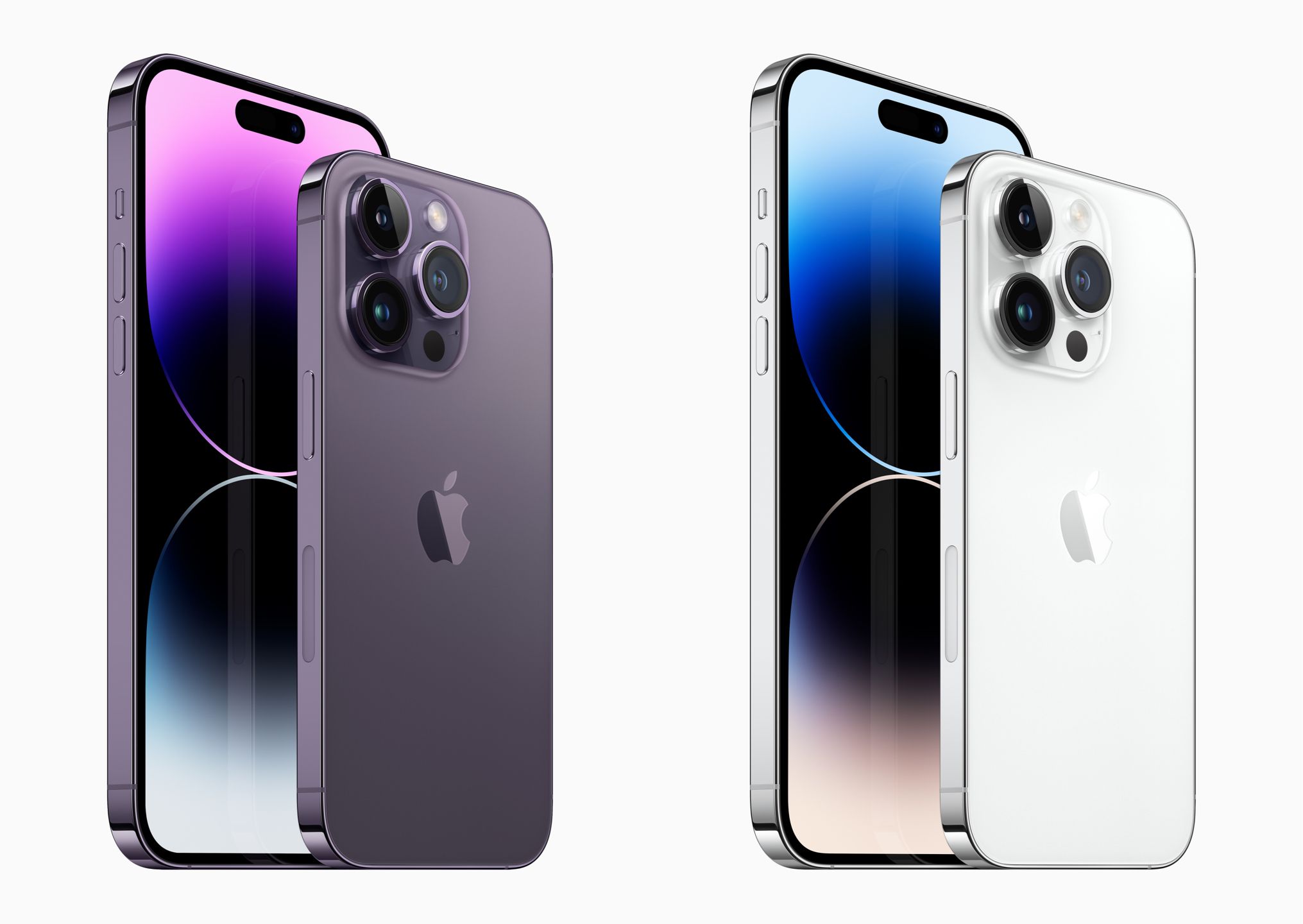
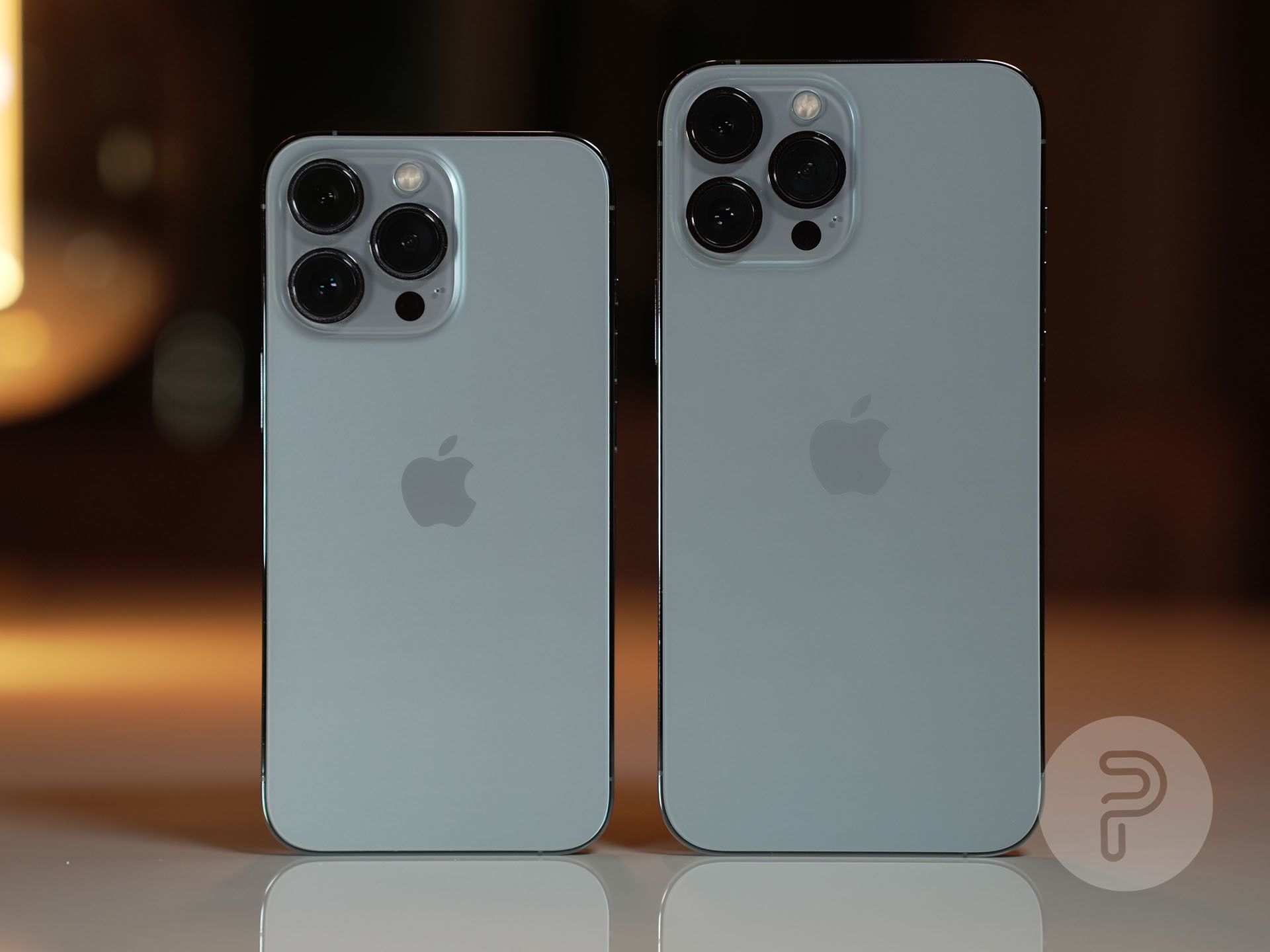
With all that info stated, we now conclude. So is it worth upgrading to an iPhone 14 Pro series device? The answer here is a resounding yes, especially with the trade-in opportunities that will help users save significantly.
The changes made to display, and the improvements introduced to the camera array are heavy hitters for this generation. The interactive upgrades brought by Dynamic Island add to the list of positives.
For those in the United States, we feel that maintaining some caution is essential as switching to an eSIM-only device might need some adjusting. For our other readers, the upgrades are bound to be worth the switch, especially if you're a couple of generations behind.

